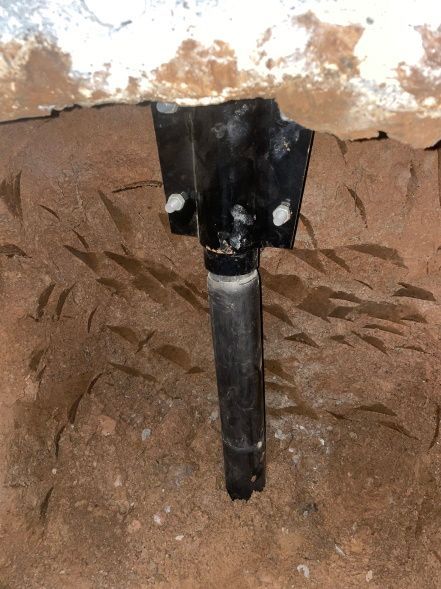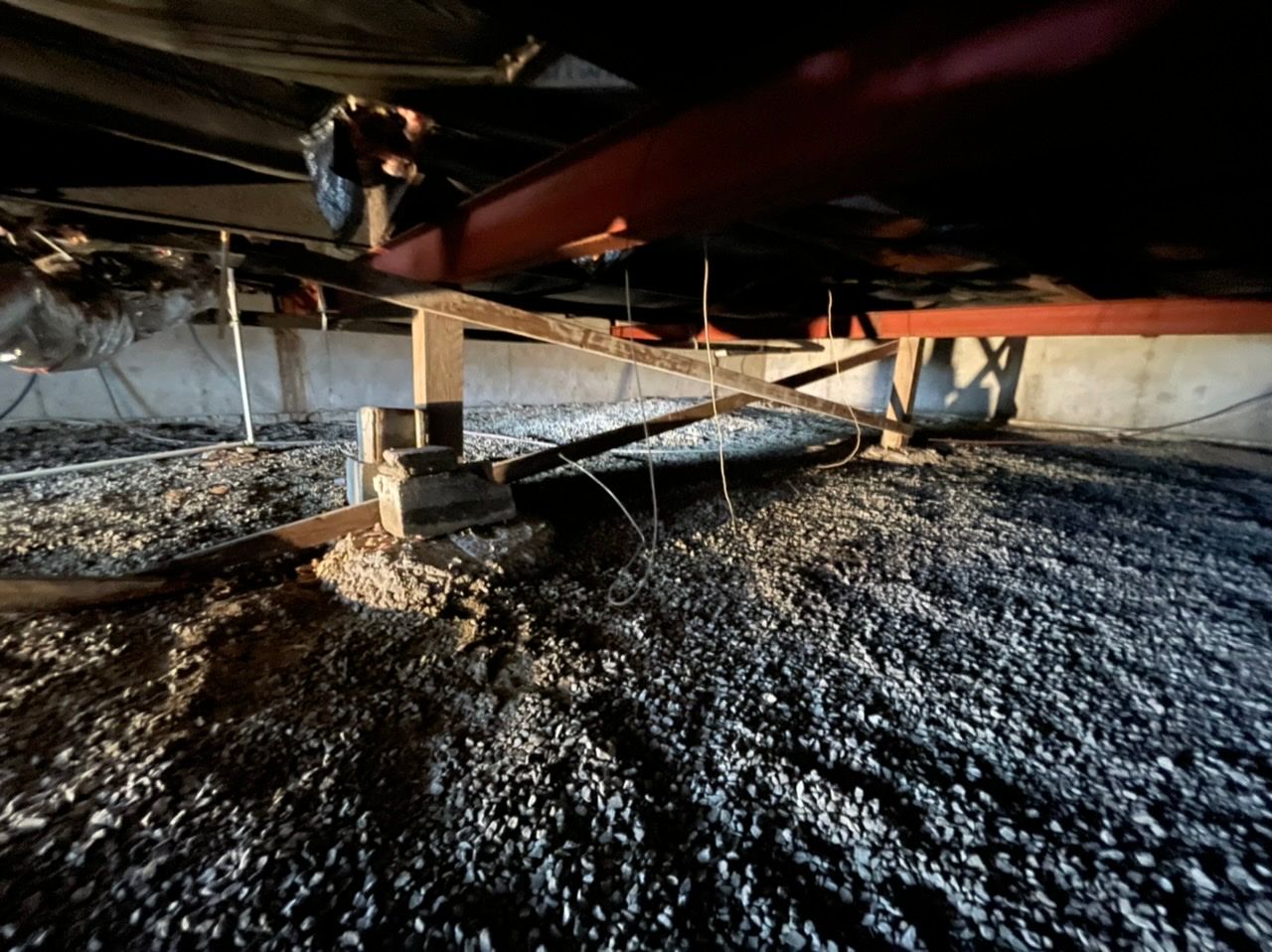Preparing Your Foundation and Basement for Rainy Season
Protect your home from spring rains

Spring is indeed the perfect weather in the Midwest. The April showers bring May flowers. The Spring rains can actually be bad for your house, especially if your foundation and basement area are defenseless against melted snow and spring downpours. The damages to the substructures of your house can be so serious that they can even destroy parts of your house.
That's why it's crucial to check for potential problems, prevent them, and solve them so that your house can welcome spring rains confidently. Let's get to know how you can make sure the foundation and basement are ready for the next few months.
Vulnerable Foundation and Basement and Preparing Them for Spring Rains
For easier and quicker preparation of your foundation and basement just in time for Spring, we have outlined solutions below to common problems.
Cracks
If you see the interior and exterior walls in your house have new cracks or the previous cracks have widened, then it can be vulnerable against Spring rains by seeping rain in the crawl space. Even the walls in your basement and foundation area can have leaks and cracks, too.
The more cracks there are, the more dangerous it will be. Your utility bills will skyrocket as the heating and cooling energy leaks through the cracks. There will be puddles near the basement area created by the seepage of water, which will make the ground more defenseless.
If you want your house to get ready for spring rains, make sure to seal all the crevices on the superstructure and substructure walls. You can use epoxy or other kinds of sealants that are proven to work magically in water, preventing water infiltration. Also, ensure that the gutters and drains in your house aren't clogged or blocked, as they can cause leakages.
Leaned Structure
In case there's any damage happening in your house due to harsh winter or loose soil movement, the structure can get inclined a bit. The floors will be uneven, the windows and doors will keep sticking with the frames, and if there's any chimney in your house that can't be tilted too, walls can be bowed, stairs can be tilted, there can be cracks in the tiles, and there can also be gaps between the walls and ceilings for an unleveled structure of the house.
To ensure the structure isn't leaning, you need to stabilize the pressure beneath the structure. You can use structural elements like piers to tighten the loose ground, use mud or polyurethane injection to level the inclined parts, use mortar and other binders to fill the gaps, and level the walls or other structural elements. Also, you may need to cut and file the frames of your doors and windows to make them stick properly.
You should also keep trimming the branches of big trees near your house on a regular basis so that the branches don't pressurize or destroy the structure.
Sometimes the large roots of trees in your property or neighborhood penetrate the foundation and basement area, as the root can grow more than three times larger than a canopy. You should install thick root barriers around the foundation to prevent this infiltration, as the roots destroy basement parts and make the structure tilted.
Excessive Moisture and Water
After winter ends, you'll see excessive moisture and water near the crawl space as the snow starts melting. If there are any structural problems in your house, the moisture problems can last all year; specifically, when the spring rain comes, it can make a big mess. Sometimes, the improper placement of shingles leads to leaks or other moisture problems in the house interior.
There will be more problems due to the excessive increase in moisture levels, such as mold and mildew growth, an increased amount of rodents and insects inside the house, water bubbles, and stains on the walls and other parts of the house that make the area less appealing.
To solve these problems, you need to seal the entry points in the basement area, like the vents or holes, using waterstripping. Proper ventilation is crucial to ensure the moisture level is balanced, so you can use dehumidifiers to balance the ventilation while using moisture barriers to make the whole foundation area waterproof.
The AC condensation of any house is usually located in the basement, and the condensed water is disposed of near the foundation, which causes problems regarding moisture and water. You can use a sump pump to solve this problem, as this pump can drain away accumulated water from the basement and foundation area.
When Spring rains become regular, it can create problems even with sump pumps or water barriers. So install French drains that prevent water accumulation in the house. Also, ensure the downspout extensions are discarding water at least 5 feet away from the house. The ground slope towards the outside of your house also helps prevent water accumulation.
House settling
Foundation settling and basement sinking happens when there's a problem with the landscape or ground movement. Sometimes, increased water levels underground or natural disasters can make the whole house sink gradually. You should use foam injection, mudjacking, or other methods to solve this issue before the spring rain comes. It's because regular rains can increase ground moisture, make the underground water level higher, and push the structure to settle more.
Old problems
If there is any history of your house facing problems in the spring rains, make sure to check for signs of these problems again and take preventive measures. To make the house ready for all the upcoming springs, you should document previous and current problems and solutions in detail to make things smoother later.
Remember that if you want the best experience regarding your house's foundation and basement, it's best to do a thorough inspection by a professional and do as he advises. And if you find signs that there are problems underneath your house, you should hire a waterproofing or foundation repair specialist as soon as possible to solve the issue. If you're in the Kansas City area, reach out to PierMagic for a free inspection. Give us a call at 816-765-4800 or fill out the below form.




